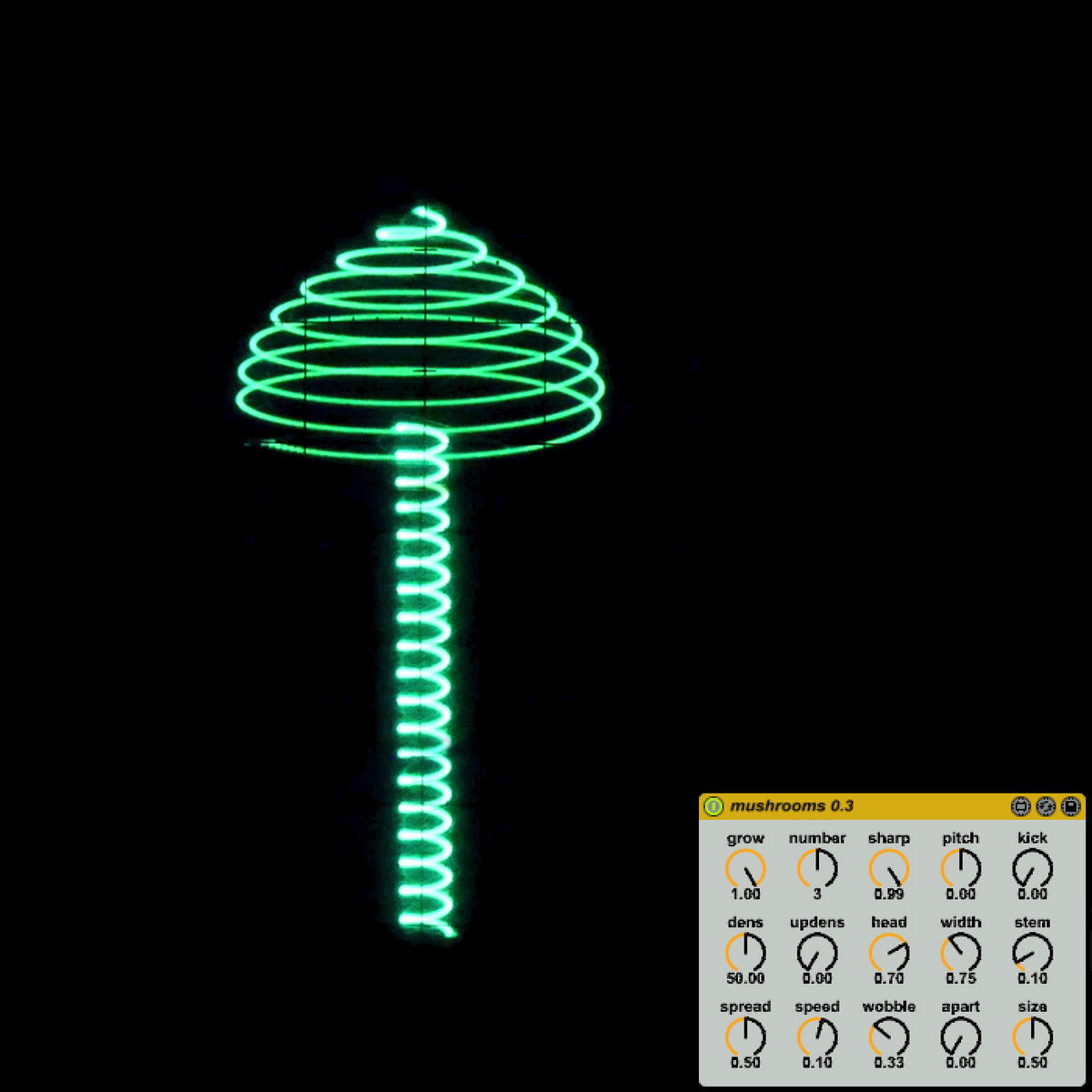
Any ideas on how to fix that? Are there other objects that are better suited?

If the multiplier is constant, it does not work. I then tried using a phasor~ and a rate~, which almost works: if I set rate~ cycle, then the rate resets when the phasor does - if the rate multiplier changes at least once per cycle. I started by using two phasor~ objects, but couldn’t find a way to reset a phasor exactly when another one resets. Whenever the base phasor resets, the resonance one should also. That needs two phasors: one for the base frequency and one for the resonance. Maybe I’m just holding it wrong.įollow-up question: I’m trying to implement basic phase distortion synthesis as described here. Oh, and since I posted this (and accidentally left out the video), here’s an additional one in the series with Max for Live.Thanks for the suggestions! Using record~, buffer~ and waveform~ worked okay, although I must say I’m a little surprised that Max doesn’t have better support for this (a multi-channel scope that lets you pick which channel to use as trigger, just like on a digital oscilloscope). Learn how to make trippy oscilloscope music with this video series You’ll also want to check out the related tutorial series on oscilloscope music, which we covered today: – just a demonstration tool, not really meant to be a synthesizerįor technical questions please use the Oscilloscope Music subreddit, so they don’t get lost in the comments: – aliasing artifacts: shows a possible different interpretation of the same sample points – phase shift to show that the sampled signal can differ, depending on it’s timing

– draws a sine wave and shows the points that would be sampled at a certain sampling rate (doesn’t actually change the sampling rate) Looks like a must-have teaching tool for anyone working with Ableton Live.

Jerobeam Fenderson has posted a video demonstrating how to do that, all using a free Max for Live patch (so compatible with Ableton Live Suite, though even the demo version will let you load this and give it a go).

Learn about sampling rate, aliasing, and the Nyquist frequency – stuff you need to know when working with digital audio – right in Ableton Live, visually.


 0 kommentar(er)
0 kommentar(er)
